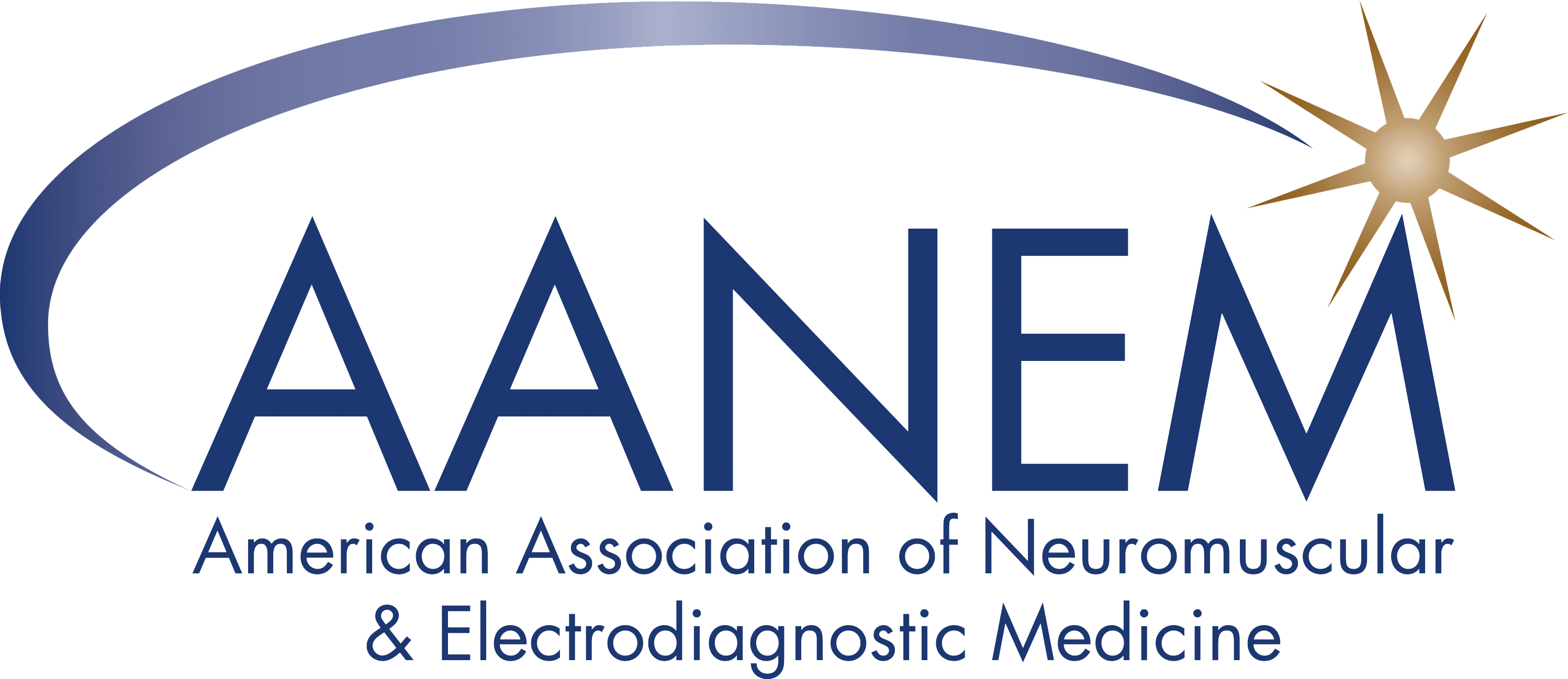Guillain-Barre Syndrome
What is Guillain-Barré Syndrome?
Guillain-Barré (ghee’-yan bah-ray’) syndrome (GBS), also known as Acute Inflammatory Demyelinating Polyradiculopathy (AIDP), can occur anytime in life and in anybody - male, female, young, or old. This rare syndrome can be found in 1 out of every 100,000 people. It is a disease of the nerves with significant weakness as the primary symptom. Muscle weakness occurs because of an inflammation of nerves located outside of the brain and spinal cord. These nerves are unable to transmit "information" at a normal speed to the muscles, which prevents the muscles from responding in an efficient manner, and causes the weakness. Other symptoms may include numbness, tingling, and pain in the arms and legs. The cause of GBS is unknown. It is possible that this syndrome is the result of an autoimmune disease, meaning the immune system may be attacking parts of the body's own nervous system. It has been noted that approximately 50% of the cases of GBS occur following an acute viral or bacterial infection. This syndrome has a history of developing rapidly. The symptoms may worsen up to 2 to 3 weeks after presentation to the point of complete paralysis and will then gradually improve over the next several weeks if the symptoms are mild. GBS when severe can affect a patient's ability to breathe on their own. Patients with severe GBS may take up to 2 years to recover, and this recovery may not always be complete.How is Guillain-Barré Syndrome diagnosed?
Electrodiagnostic test is an important factor in diagnosing GBS. It can demonstrate that the impulses are blocked from activating the muscles. Nerve conduction studies (NCSs) can show that the time the nerve takes to respond to a signal is markedlyprolonged. It is important for the physician to perform these tests in the early stages of the disease in order to make an accurate diagnosis and begin therapy.Treatment may shorten the course of the disease, but there is currently no known cure. Treatment may be in the forms of plasma exchanges, or intravenous immunoglobulin infusions. Some patients require life support and critical care hospitalization. 50% afflicted with GBS will return to normal health 1 year after being diagnosed. After 3 years, almost one-third diagnosed will continue to have some weakness. Relapse occurs in only 3%. The percentage of people who die from GBS is less than 5%.
The GBS CIDP Foundation International has publications for patients and their caregivers related to CIDP including:
- An of Overview for the Layperson
- Guidelines for Physical and Occupational Therapy
- A Handbook for Caregivers
- Caring For A Child with GBS or CIDP
In addition, the GBS CIDP Foundation International provides information about chapter meetings and connecting to local liaisons for support.
See also the AANEM endorsed AAN Guideline on IVIg in Neuromuscular Disorders
More Information
American Chronic Pain Association
National Institute of Neurological Disorders and Stroke
Neurology Forum
American Autoimmune Related Diseases Association, Inc
Help Fund Research
The American Neuromuscular Foundation (ANF) is a nonprofit organization dedicated to STRENGTHENING the global effort to CURE neuromuscular disease.
The foundation funds important research and helps support education through awards and fellowship funding. Donate today and 100% of your donation will be used to support these initiatives.
Find Support
AANEM's membership and accredited laboratory directories can help patients find qualified professionals for diagnosis and treatment.
Find a Doctor Find an Accredited Lab